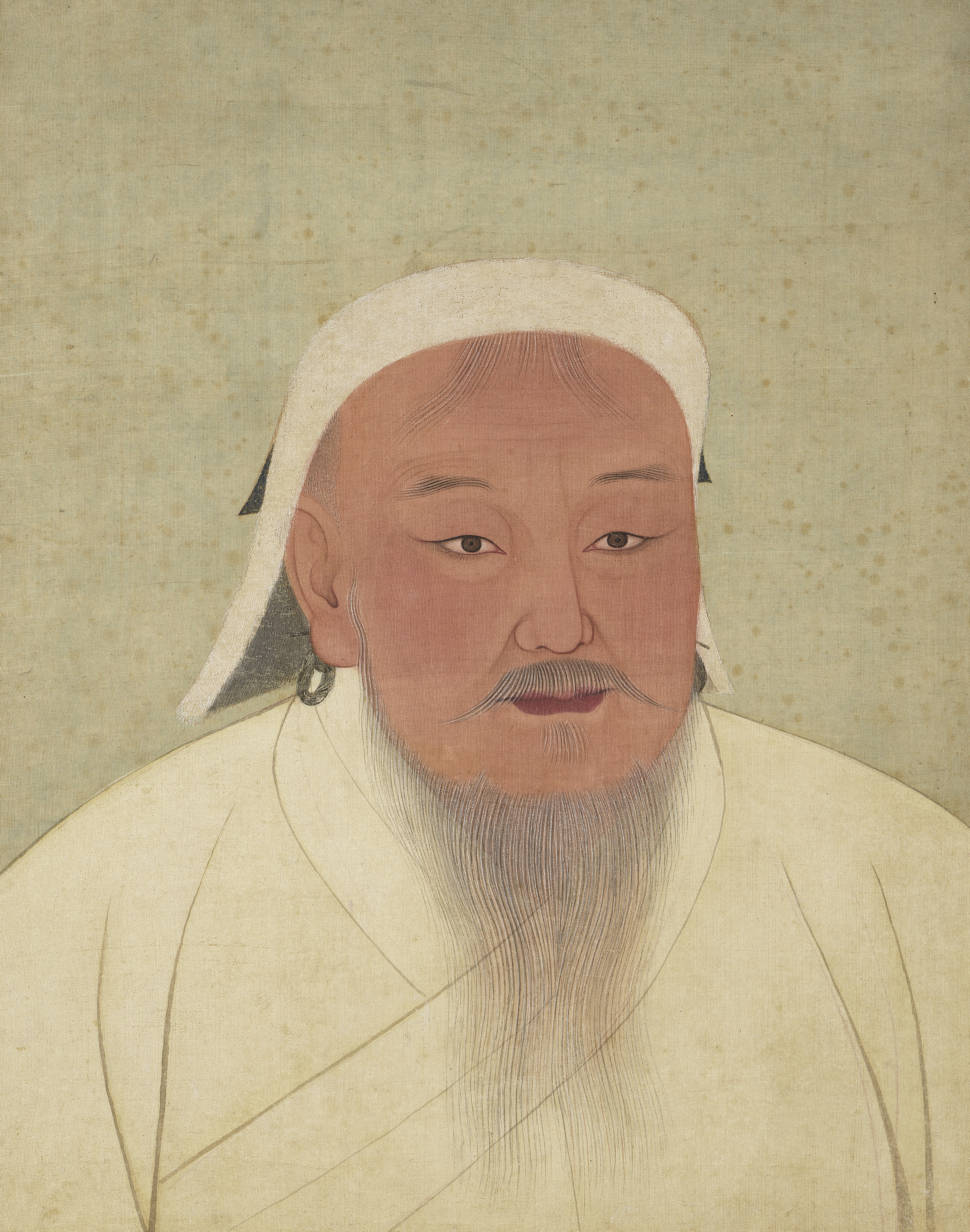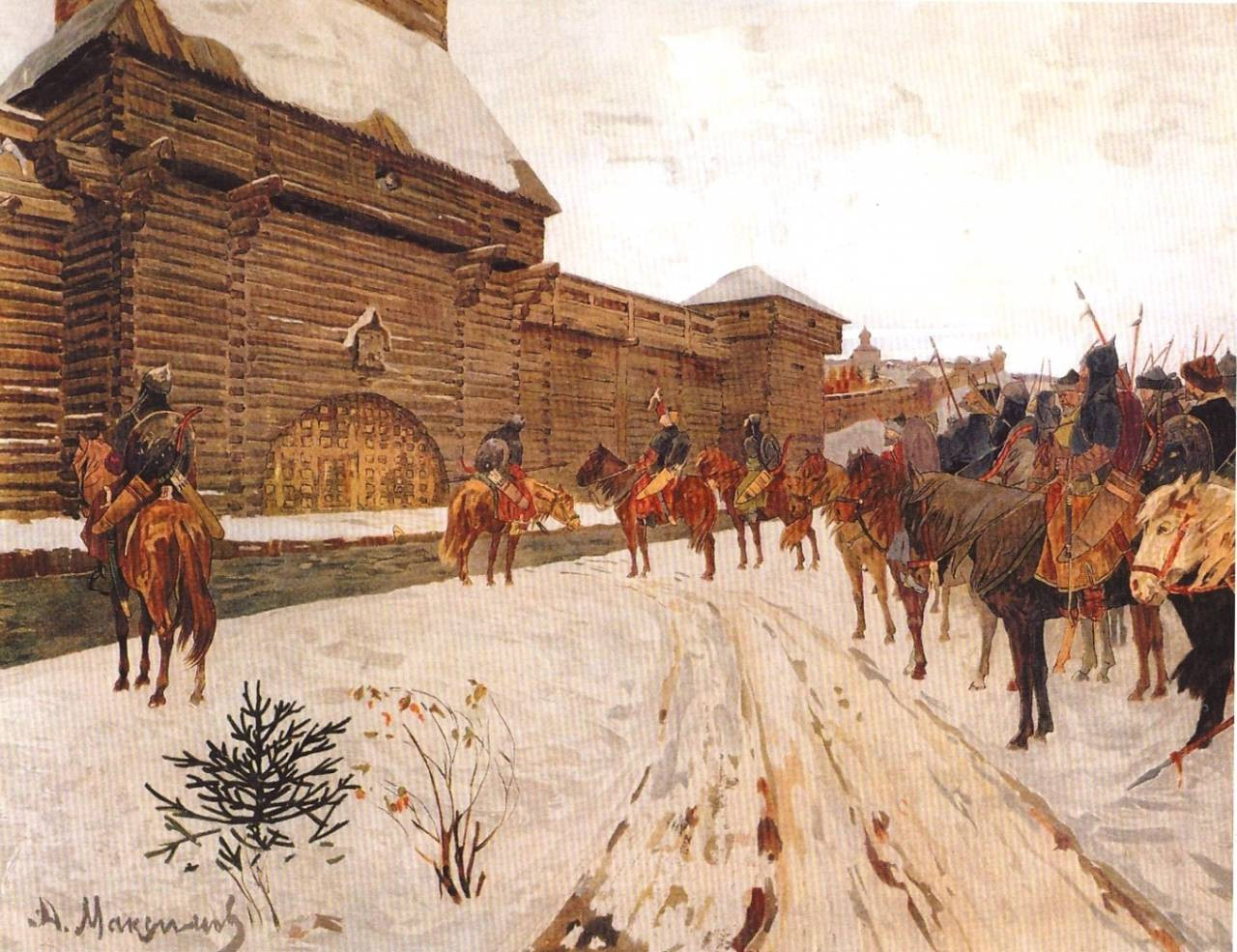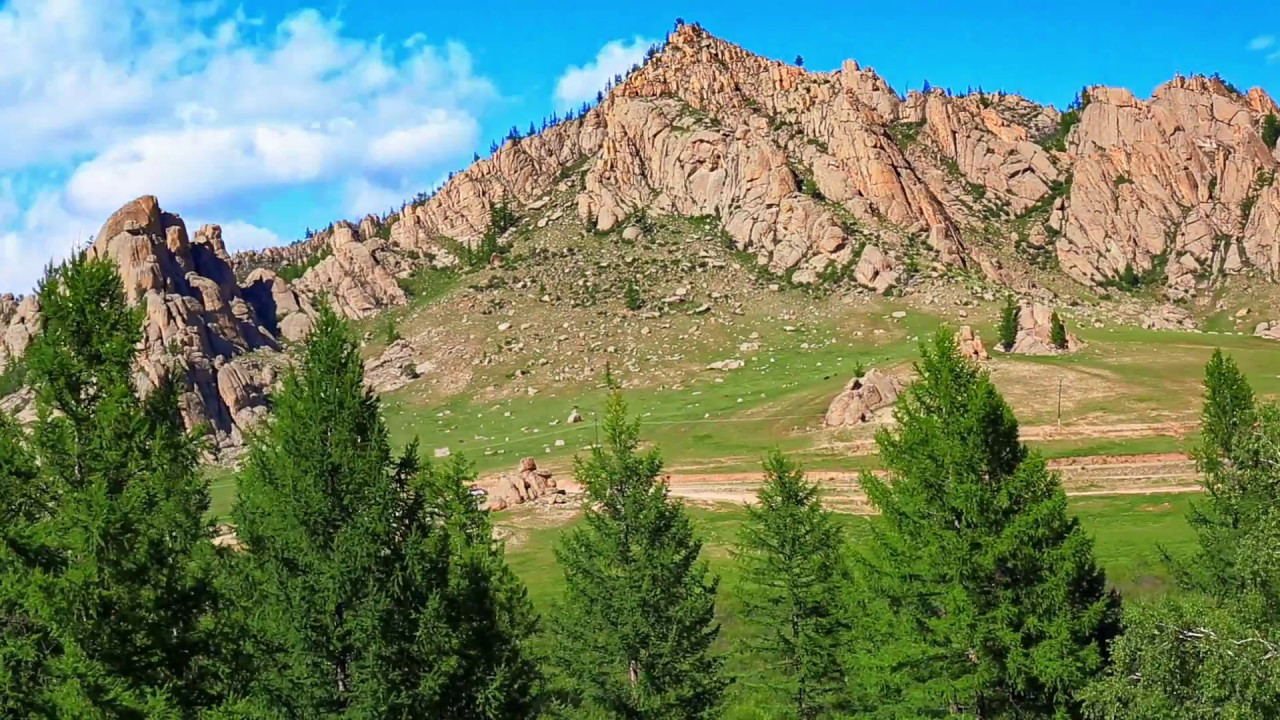The final resting place of Genghis Khan is one of the world’s biggest unsolved mysteries. Despite being one of history’s greatest conquerors, no one has yet managed to track down the location of his tomb. Historians, archaeologists, and adventurers have tried hard, but the prize still eludes their grasp. Some have even thrown in the towel, saying that it’s an impossible dream.
A Tomb Shrouded In Secrecy
Genghis Khan, founder of the Mongol Empire, died in 1227 while seeking yet another glorious conquest in northwestern China. His exact cause of death is still debated. What we do know for certain is that his burial was carried out under extreme secrecy. The legends say his funeral escort killed anyone they saw along the way to keep the burial site secret. Some even claim that the soldiers responsible were themselves killed to keep the secret secure for all eternity.
 Unknown authorUnknown author, Wikimedia Commons
Unknown authorUnknown author, Wikimedia Commons
Potential Sites And Modern Searches
Various regions have been suggested as the tomb's location. The Khentii Mountains in Mongolia are one possibility in line with Mongolian tradition. Satellite technology, archaeological surveys, and ground-penetrating radar have been used to look for the tomb, without success. In 2015, an international team, the Valley of the Khans Project, explored many promising sites using non-invasive methods, but found nothing conclusive.
Respect For Cultural Beliefs
The tomb's secrecy has its roots in Mongolian culture. Many Mongols believe that disturbing the tomb would be a grave offense to their ancestors and national pride. While the legacy of Genghis Khan is celebrated and controversial, his resting place is considered sacred. The idea of Western archaeologists unearthing his tomb infuriates today’s Mongols, even if the quest is driven by sincere historical curiosity.
 Vassily Maximov, Wikimedia Commons
Vassily Maximov, Wikimedia Commons
The Danger Of Discovery
Beyond cultural sensitivity, there are practical concerns. Discovering the tomb could invite looting, damage, or political disputes over its control. Over the centuries, many tombs of famous leaders have been looted or desecrated by those with political motives. Unearthing Genghis Khan's burial site could trigger a wave of exploitation rather than respectful commemoration.
The Power Of The Unknown
Part of the power of the Genghis legend is the mystery that surrounds him. The unknown resting place adds to his general reputation of invincibility. His burial site symbolizes his power and the ongoing awe and loyalty of his people, who chose secrecy over grandeur. Some historians believe that keeping the mystery safe honors that legacy better than any excavation could.
The Riddle That Might Never Be Solved
While technological advances make the discovery of Genghis Khan’s tomb more likely than ever, many believe it should remain undisturbed. The combined forces of cultural respect, historical uncertainty, and fear of potential unforeseen consequences seem to say that some mysteries are best left unsolved.
You May Also Like:
The Discovery Of Troy’s Last Inhabitants: A Startling Find In A Legendary City
The First Rulers Of Kingdoms And Empires








